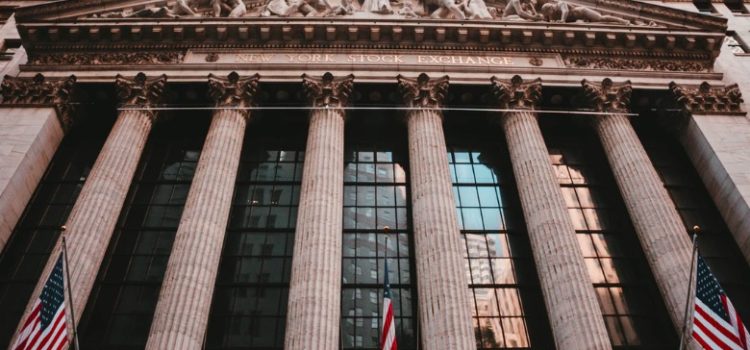

This article is an excerpt from the Shortform book guide to "A Promised Land" by Barack Obama. Shortform has the world's best summaries and analyses of books you should be reading.
Like this article? Sign up for a free trial here .
How did Obama address Wall Street reform? Did he make any major changes that impacted economic policies?
During Barack Obama’s term, reforming Wall Street was a major topic in politics and in the economy. Obama believed that Wall Street reform would be beneficial to America.
Read more about Obama, Wall Street reform, and the changes to the financial system.
Obama and Wall Street Reform
Despite the worsening political climate for Obama and the Democratic Party, there were still some bright spots in 2010. One major achievement was the passage of the Dodd-Frank Wall Street Reform and Consumer Protection Act.
The administration (and its predecessor) had saved the U.S. financial system from total collapse. Still, Wall Street’s short-term thinking, obsession with quarterly profits at the expense of long-term growth, and perverse incentives for excessive risk-taking remained. The country could not afford to let an out-of-control finance sector drive the economy off a cliff again. If the American economy was to truly be put on solid footing once again, there would have to be significant reform.
The Politics of Tackling Wall Street
Despite his administration having gone to extraordinary lengths (and incurred significant political blowback) to rescue the big banks and shore up public confidence in the nation’s financial system, Wall Street elites were hostile toward Obama. They were outraged at even the idea of legislation curbing some of their industry’s worst excesses.
Still, Obama and the Democrats knew that on this particular issue, the politics were in their favor. There was still righteous anger toward the big banks and mortgage companies that had inflated the housing bubble.
Republican Senate Minority Leader Mitch McConnell would be sure to oppose any Wall Street reform bill. However, he also knew that widespread public antipathy toward the banks would make it impossible for him to prevent a few members of the GOP caucus from voting with the Democrats on this issue.
Reforming (Not Razing) the Financial System
As with health care, the Wall Street reform bill brought out Obama’s reformist and incrementalist political tendencies—and put him on the other side of some critics on the left, who wanted the administration to push for more radical and sweeping measures.
The centrist Obama wanted to limit excess risk-taking; curb the worst malpractices and abuses that had led to the 2008 crisis; and make the overall financial system more stable, so that the failure of one bank didn’t lead to cascading, systemic collapse. More left-wing activists, however, wanted to radically restructure the nation’s financial system. They proposed breaking up the big banks and bringing back the New Deal-era Glass-Steagall Act, which had prevented financial institutions from engaging in both commercial and investment banking.
But Obama believed such radical reforms could frighten investors and derail an already-fragile recovery. Moreover, breaking up the banks and bringing back Great Depression-era financial legislation wouldn’t have prevented the 2008 crisis and would be ineffective in regulating the 21st-century finance sector. There was no evidence that smaller banks were less likely to engage in excessive risk-taking—in fact there was compelling evidence to suggest that the opposite was true.
Furthermore, much of the explosion in subprime lending had been carried out by non-bank financial institutions (known as “shadow banks”) that were not even regulated by old laws like Glass-Steagall. The present crisis demanded a new approach, not a rehash of old legislation.

———End of Preview———
Like what you just read? Read the rest of the world's best book summary and analysis of Barack Obama's "A Promised Land" at Shortform .
Here's what you'll find in our full A Promised Land summary :
- How Barack Obama went from relative obscurity to the first Black president
- What principles guided his political leadership style
- Why Obama retained an unshakable faith in the potential and promise of America






